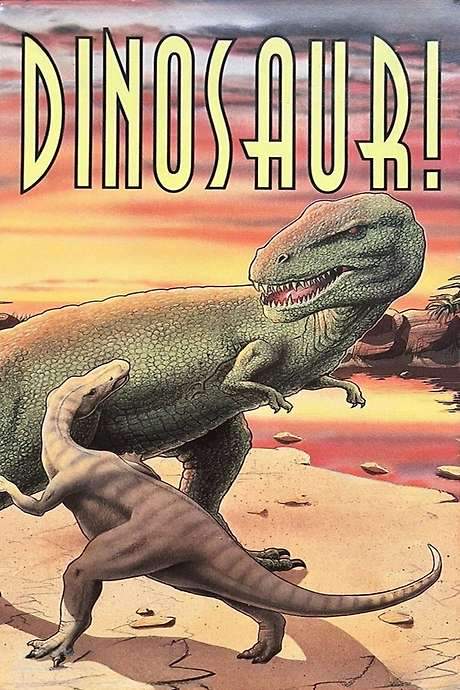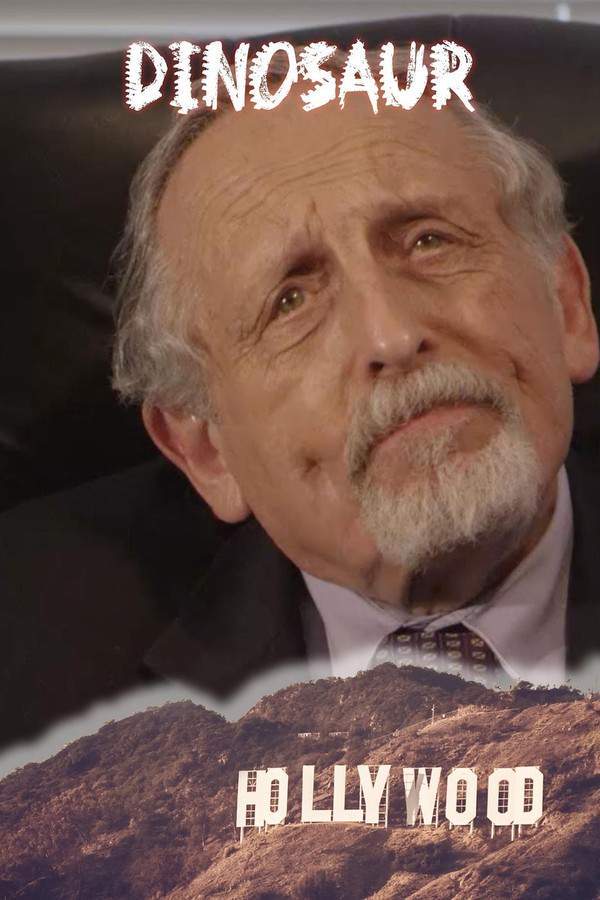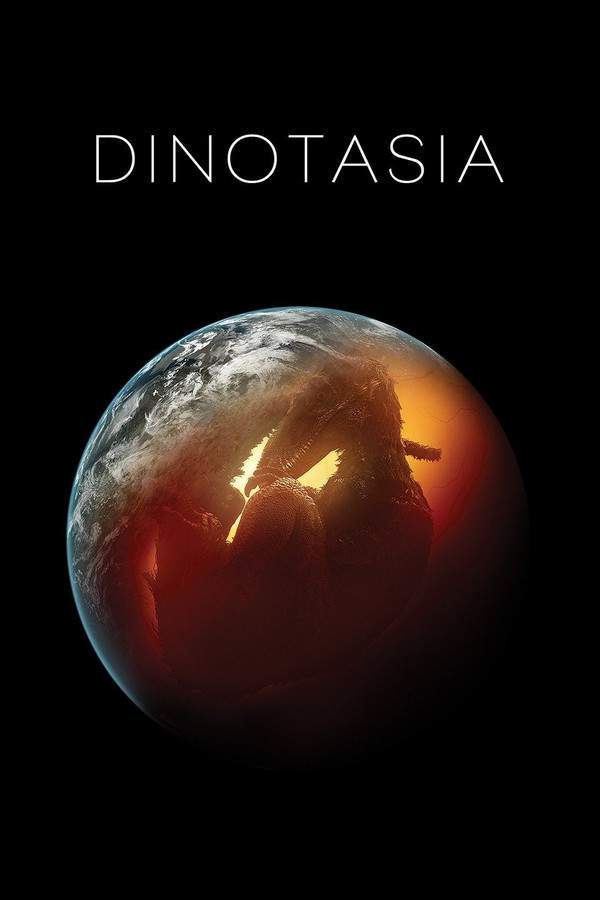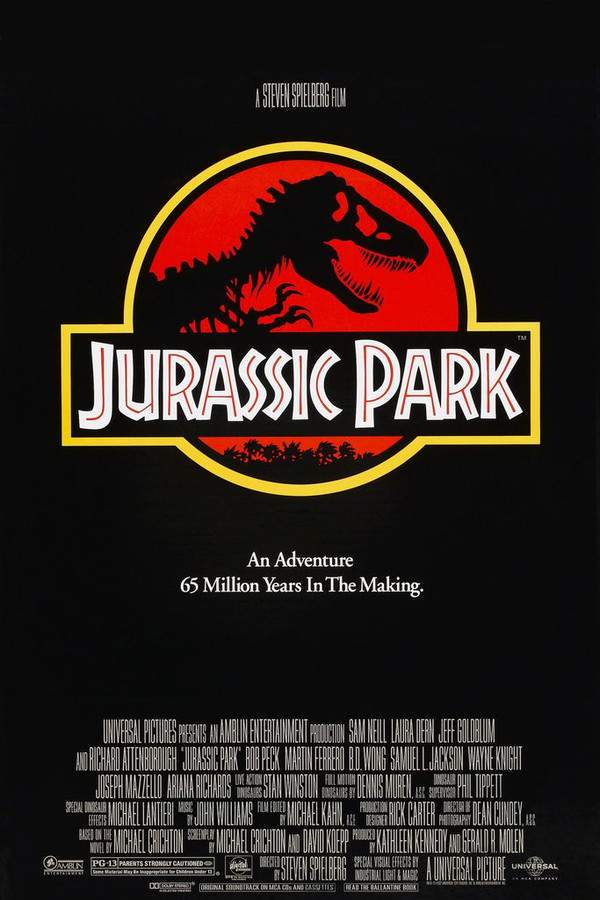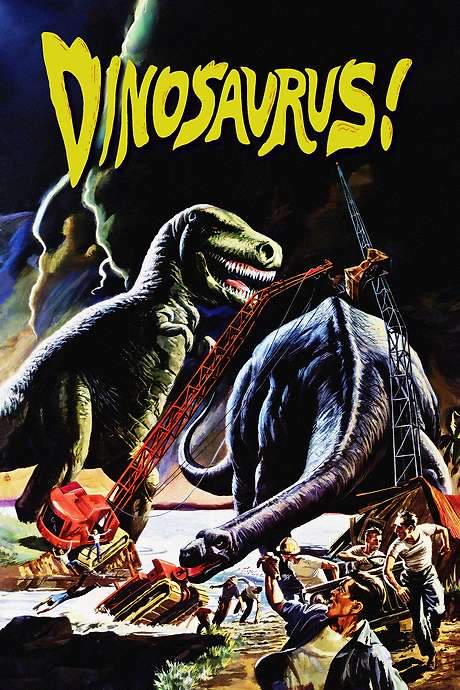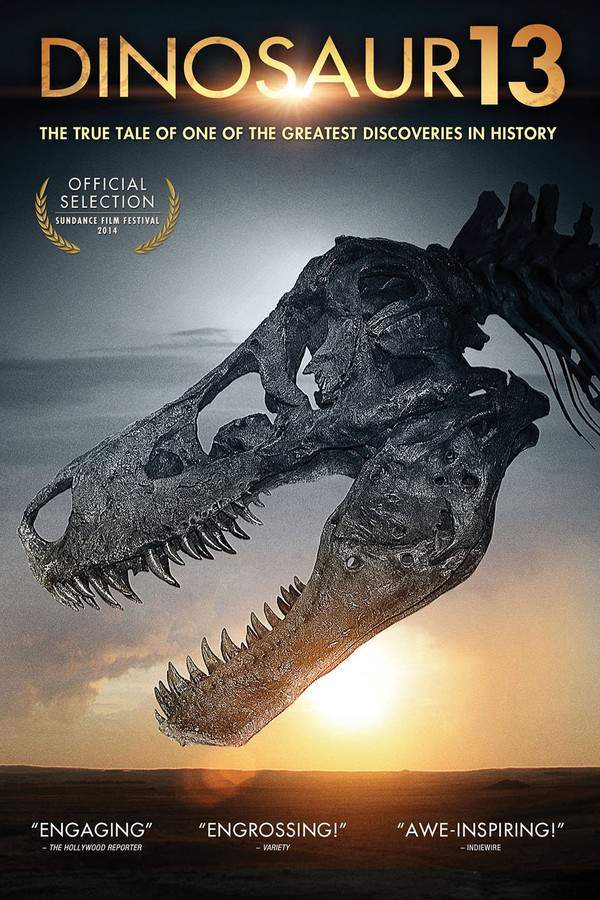
Dinosaur 13
Year: 2014
Runtime: 95 min
Language: English
Director: Todd Douglas Miller
In 1990, paleontologist Peter Larson led a team that unearthed the largest and most complete Tyrannosaurus rex skeleton ever discovered. This monumental find ignited a fierce dispute with the U.S. government, prominent museums, and rival paleontologists, all vying for ownership of the prized fossil. The team’s struggle to secure their discovery also brought them into conflict with Native American tribes and forced them to confront the complexities of scientific ambition and the preservation of cultural heritage.
Warning: spoilers below!
Haven’t seen Dinosaur 13 yet? This summary contains major spoilers. Bookmark the page, watch the movie, and come back for the full breakdown. If you're ready, scroll on and relive the story!
Timeline – Dinosaur 13 (2014)
Trace every key event in Dinosaur 13 (2014) with our detailed, chronological timeline. Perfect for unpacking nonlinear stories, spotting hidden connections, and understanding how each scene builds toward the film’s climax. Whether you're revisiting or decoding for the first time, this timeline gives you the full picture.
Last Updated: November 08, 2024 at 00:16
Unlock the Full Story of Dinosaur 13
Don't stop at just watching — explore Dinosaur 13 in full detail. From the complete plot summary and scene-by-scene timeline to character breakdowns, thematic analysis, and a deep dive into the ending — every page helps you truly understand what Dinosaur 13 is all about. Plus, discover what's next after the movie.
Dinosaur 13 Summary
Read a complete plot summary of Dinosaur 13, including all key story points, character arcs, and turning points. This in-depth recap is ideal for understanding the narrative structure or reviewing what happened in the movie.

Characters, Settings & Themes in Dinosaur 13
Discover the characters, locations, and core themes that shape Dinosaur 13. Get insights into symbolic elements, setting significance, and deeper narrative meaning — ideal for thematic analysis and movie breakdowns.

Similar Movies to Dinosaur 13
Discover movies like Dinosaur 13 that share similar genres, themes, and storytelling elements. Whether you’re drawn to the atmosphere, character arcs, or plot structure, these curated recommendations will help you explore more films you’ll love.
Explore More About Movie Dinosaur 13
Dinosaur 13 (2014) Plot Summary & Movie Recap
Dinosaur 13 (2014) Scene-by-Scene Movie Timeline
Dinosaur 13 (2014) Spoiler-Free Summary & Key Flow
Movies Like Dinosaur 13 – Similar Titles You’ll Enjoy
Dinosaur! (1985) Film Overview & Timeline
When Dinosaurs Roamed America (2001) Movie Recap & Themes
Dinosaur (2000) Detailed Story Recap
Dinosaurs Alive (2007) Full Movie Breakdown
Dinosaur Planet (1000) Plot Summary & Ending Explained
Dinotasia (2012) Detailed Story Recap
Jurassic Park (1993) Film Overview & Timeline
Bizarre Dinosaurs (2009) Full Summary & Key Details
Dinosaurs Decoded (2009) Detailed Story Recap
The Dinosaurs! (1000) Story Summary & Characters
Dinosaurus! (1960) Complete Plot Breakdown
The Dinosaur Hunter (2000) Complete Plot Breakdown
Sea Monsters: A Prehistoric Adventure (2007) Ending Explained & Film Insights
Dinosaurs: Giants of Patagonia (2007) Story Summary & Characters
Dinosaur From The Deep (1993) Story Summary & Characters



